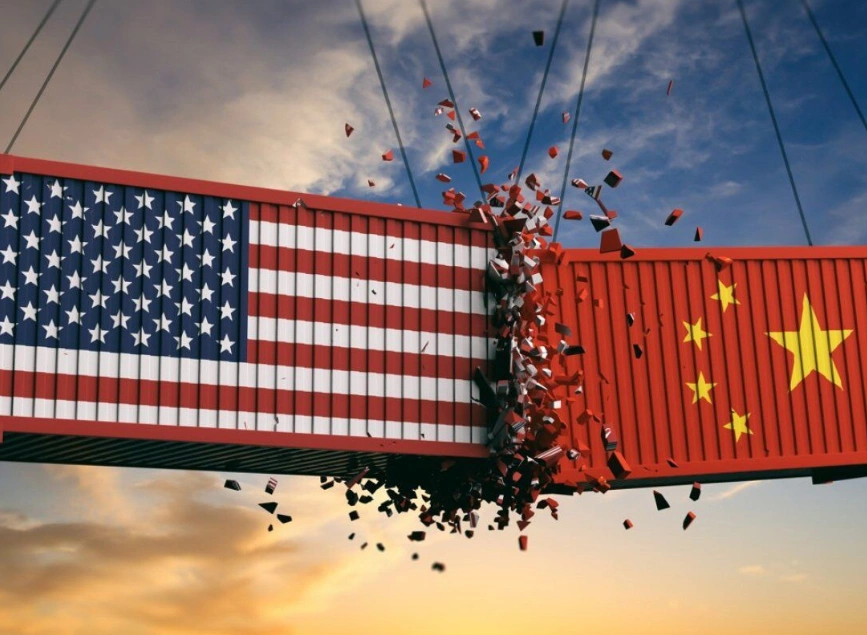
Heavy Drop in Wall Street Indices
On one of the most turbulent trading days of 2025, major US stock indices closed sharply lower. The S&P 500 dropped 1.6%, ending at 4,983 points, just 1.4% away from officially entering a bear market (a 20% decline from its February peak). The Nasdaq Composite, which entered a bear market last week, fell another 2.2% today.
This comes after the Nasdaq had been up 4.57% earlier in the day, marking the largest negative reversal in a single day since 1982! The S&P 500 had briefly gained 4.05% during the day but ultimately closed with a steep drop—its largest negative reversal since October 14, 2008. The Dow Jones also dropped 0.8%, losing 320 points.
Read More: China’s Manufacturing PMI Shows Unexpected Contraction
Reason for the Market Drop: 104% Tariff on Chinese Imports
At the start of the day, the market had grown hopeful for a reduction in tariffs following statements from White House officials, who mentioned that various countries had called for negotiations.
However, later in the day, White House spokesperson Caroline Levitt announced that the deadline for China to retract its retaliatory 34% tariff had passed. As a result, the US would impose a combined 104% tariff on Chinese imports starting at midnight tonight. This aggressive move completely shifted market sentiment, leading investors to rapidly exit risky positions.
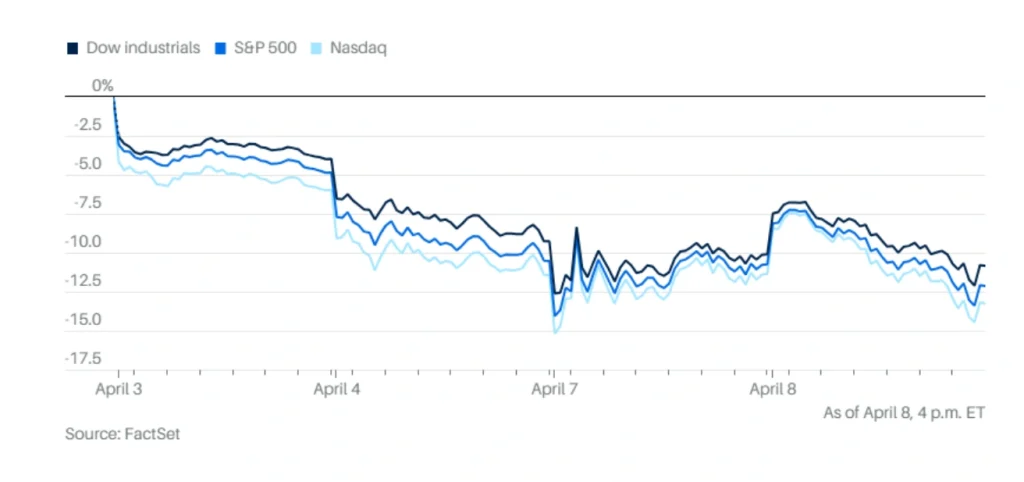
Impact Analysis on Financial Markets and Investments
The market’s response signals extreme instability in US trade policy. The 4-5% reversal of indices in one day, especially in Nasdaq, indicates a severe loss of investor confidence in the future of the global economy. The 104% tariff on Chinese imports could lead to higher prices for goods in the US, severely reduce the profitability of import-dependent companies, and intensify imported inflation, complicating decision-making for the Federal Reserve.
The large outflow of capital from the stock markets might lead to increased demand for safe-haven assets like gold, the dollar, or even Bitcoin. Investors now must make decisions in a highly risky environment, as market technical indicators show signs of divergence, increased volatility, and the possibility of a full bear market.
Share
Hot topics
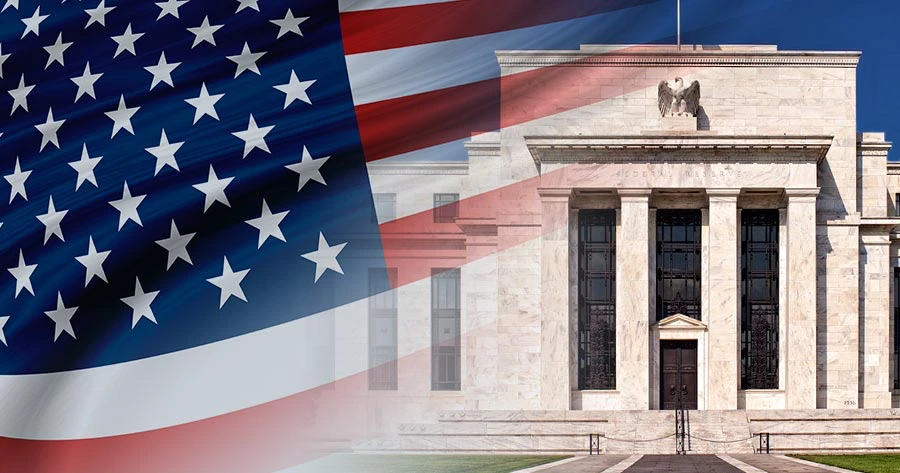
Federal Reserve’s Challenges to Trump’s New Policies
As the Federal Reserve Open Market Committee (FOMC) prepares for its upcoming meeting, all eyes are on how the Fed will respond to Donald Trump’s latest economic policies. With the...
Read more
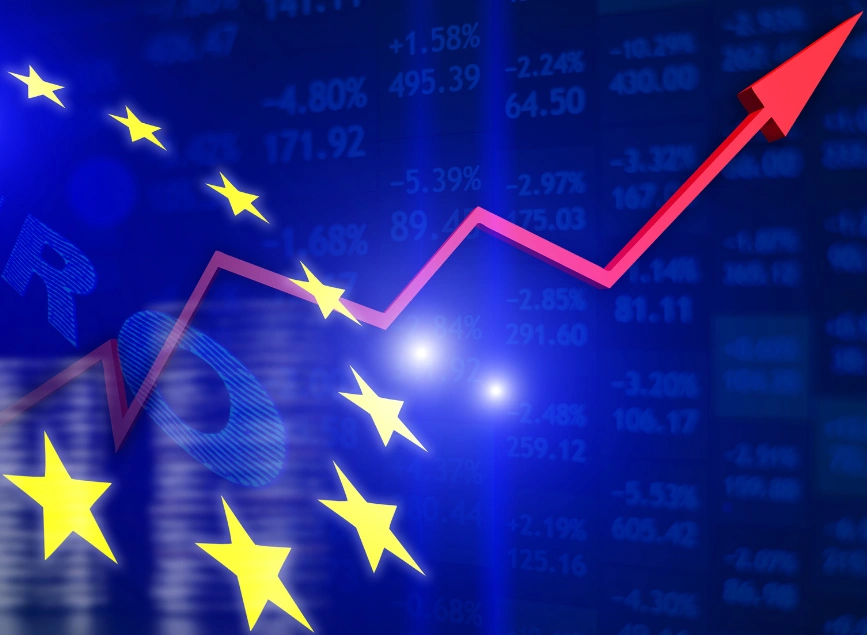
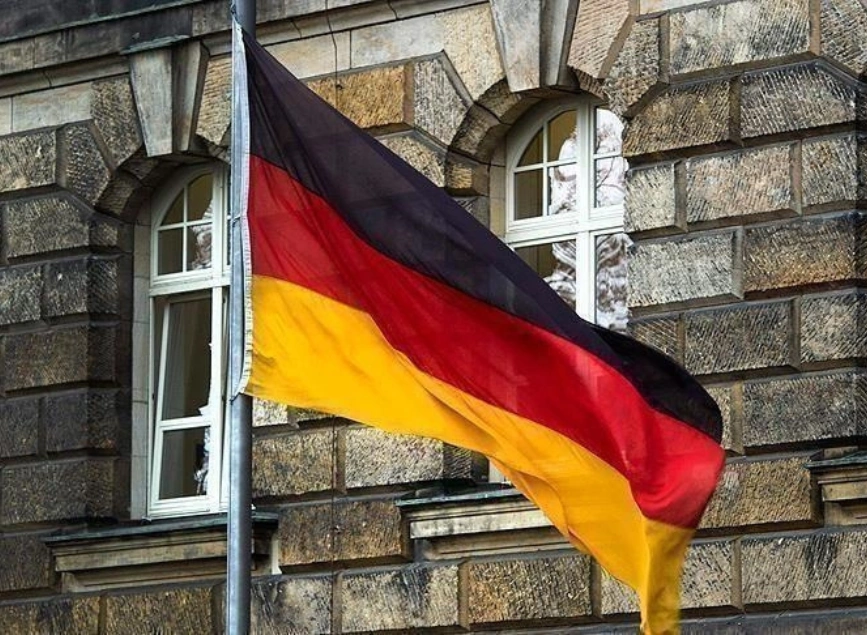
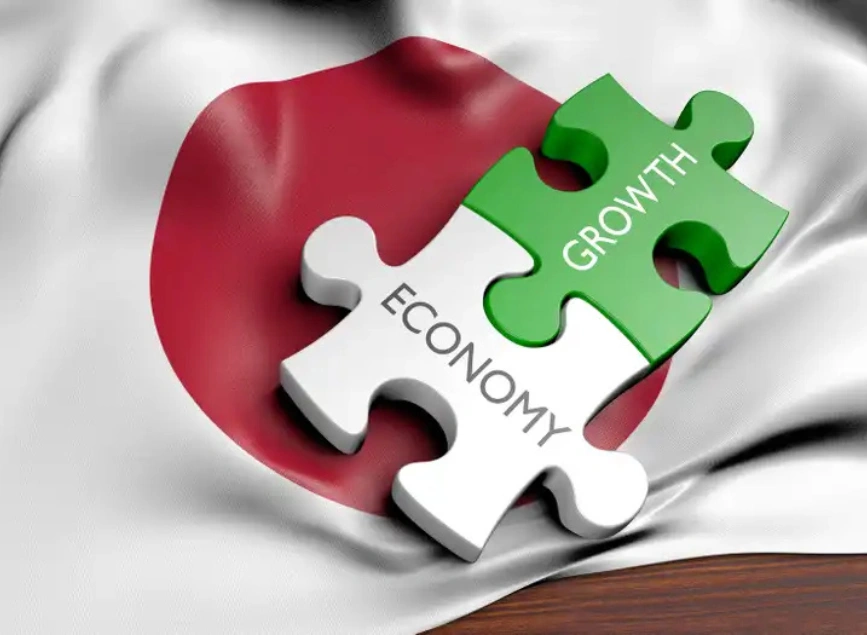

Submit comment
Your email address will not be published. Required fields are marked *